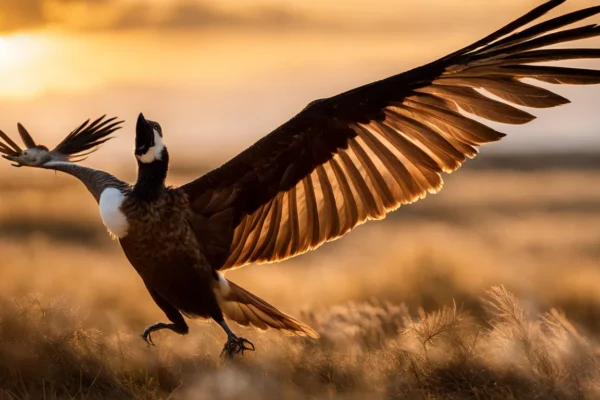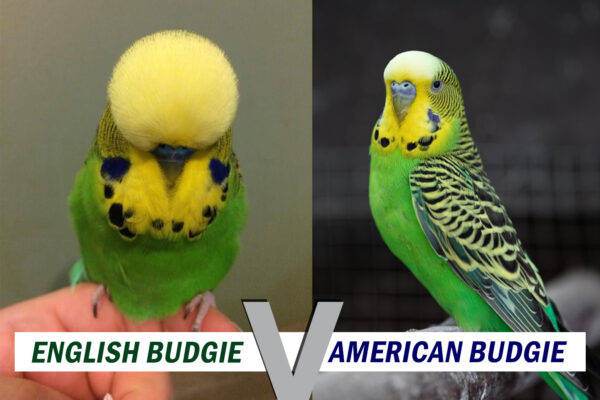Albanians take great pleasure in the black double-headed eagle that adorns their flag. But this same emblem has also caused controversy; because of its connection to ethnic Albanian nationalism, Serbia, Greece, and other countries have taken offense.
Because of its associations with political groups of the 20th century that campaigned for Greater Albania or the ethnic unity of all Albanians across the Balkans, as well as with medieval kings, the Albanian eagle has generated controversy. This suggests territorial expansionist claims.
A symbol of the National Awakening in Albania
The Double-Headed Eagle, or Albanian Eagle, is a symbol that is firmly ingrained in Albanian history and culture. It is very important since it symbolizes the nation’s awakening and independence movement.
First used in the late 19th and early 20th centuries was the eagle flag
The Eagle flag was first used in Albania in the late 19th and early 20th centuries, when the country was experiencing a strong sense of national identity. Albanians started to struggle for their rights and to establish their identity during this period, against the Ottoman Empire, which had dominated the area for centuries.
With its eye-catching depiction of a double-headed eagle, the Eagle flag gained prominence among Albanian nationalists quite fast. It stood for their fight against the Ottoman Empire as well as their aspirations for liberty and self-governance.
Represented Albanian nationalism and struggle against the Ottoman Empire.
The Albanian Eagle served as a symbol of the people’s steadfast resistance and determination to defend their liberties and rights. For Albanian nationalists, who saw themselves as the defenders of their nation’s history and culture, it became a focal point.
The Albanian Eagle flag was used as a symbol of resistance against the Ottoman Empire at that time. It stood for the Albanian people’s will to maintain their own identity and their rejection of assimilation into Ottoman culture.
Revival of the emblem of the medieval Albanian principalities
The heraldry of the Albanian princes is the source of the Albanian Eagle’s origins in the region’s medieval past. It was said to have served as a symbol of the royal families’ dominance and power in these realms.
The emblem of the medieval Albanian princes was revived and taken up by the nationalist movement with the rise of Albanian nationalism in the late 1800s. It served as a unifying symbol for the Albanian people, bringing them together under a same identity despite disparities in geography and tribe.
The Albanian Eagle is still a potent and beloved emblem for the people of Albania today. It stands for their illustrious past, their valiant fight for freedom, and their steadfast feeling of pride in their country.
Relationships with Greater Albania
Balkan Pan-Albanian groups embraced the flag
Albania’s national emblem is the Albanian Eagle, often referred to as the double-headed eagle. However, because of its connections to the idea of Greater Albania, its usage has generated outrage and controversy.
The flag was adopted by pan-Albanian groups in the Balkans as a representation of their objective to create a single country out of all ethnic Albanians.
Tensions have arisen between these organizations and ethnic groups and neighboring nations since the flag is seen as a symbol of irredentism and territorial ambition. These groups have pushed for the incorporation of areas with sizable Albanian populations into a single Greater Albania, including Greece, Kosovo, and portions of North Macedonia, Montenegro, and Macedonia.
The intention was to create a country of ethnic Albanians.
The Albanian national awakening gave rise to the idea of Greater Albania in the late 19th and early 20th centuries. The goal of Albanian academics and activists was to establish a single, undivided state that would include all of the areas inhabited by ethnic Albanians.
The ambition to bring all ethnic Albanians together into a single country came to be symbolized by the Albanian Eagle. However, ethnic groups with historical and cultural links to the contested territory as well as neighboring nations have resisted Greater Albania’s ambition.
Greater Albania claimed territory in other nations.
The Albanian Eagle’s link to Greater Albania’s territorial ambitions is one of the primary grounds for its negative perception. Parts of neighboring nations, notably Greece, North Macedonia, Kosovo, and Montenegro, were claimed by the Greater Albania idea.
Since these nations and the ethnic groups inside them believe that their territorial integrity is under jeopardy, this has led to tensions and wars in the area. These tensions are heightened by the Albanian Eagle’s usage by pan-Albanian groups and the symbolism it conveys, which adds to the idea that it is an inflammatory emblem.
Conflict with Serbia about Kosovo
The continuing tensions over Kosovo between Serbia and Albania are one of the reasons the Albanian Eagle is seen as hostile. Although Serbia also claims the territory, Kosovo is mostly populated by Albanians. The result has been a protracted confrontation between the two nations.
Albanians in Kosovo waved flags during the late 1990s conflict.
When Kosovo was fighting Serbia for independence in the late 1990s, Albanians there began flying the Albanian Eagle flag as a representation of their identity and aspiration for freedom.
Serbia viewed this as provocative because they saw it as a challenge to their sovereignty over the area.
In addition to intensifying tensions with Serbia, Kosovo Albanians used the Albanian Eagle flag to declare their cultural and national identity.
This was seen by Serbia as a provocation during ethnic strife.
Given the continuing ethnic hostilities in the area, Serbia saw Kosovo Albanians’ flying of the Albanian Eagle flag as provocative. Because of their long history of ethnic hostilities, Serbia saw the Albanian flag as a representation of Albanian nationalism and a possible danger to their own national interests.
This belief added to the derogatory meanings attached to the Albanian Eagle flag and fanned the flames of hostility between the two nations.
Flags suggest that Kosovo belongs in Greater Albania.
The Albanian Eagle is also viewed as offensive since it is frequently connected to the idea of a Greater Albania. This alludes to the notion that areas inhabited by Albanians, such as Kosovo, need to become a single country.
Kosovo is implied to be a part of a bigger Albanian state by the Albanian Eagle flag, which is seen by the Serbian government and many Serbians as a sign of this territorial ambition. The tensions and hostility between the two nations are heightened by this assumption.
It is crucial to remember that there is a long history of ethnic and political struggle at the core of these complicated tensions and views. A detailed grasp of the political and historical dynamics between Serbia and Albania is necessary to comprehend the background of the aggressive character of the Albanian Eagle.
Territorial expansionist worries
Concerns about territorial expansionism have been raised by the adoption of the Albanian eagle as a national emblem, especially among nearby nations like Greece and Macedonia. These worries are a result of the sizeable Albanian minority communities that exist inside the boundaries of both Greece and Macedonia.
There are Albanian minority communities in Greece and Macedonia.
A substantial Albanian minority resides in Greece, mostly in the northern parts of the nation. Analogously, there is a sizable Albanian community in Macedonia as well, especially in the west of the nation.
Albania and its nationalist goals have always been complicated subjects for both of these nations.
The Albanian minority in Greece is estimated by the Greek government to make up about 4% of the country’s overall population. Thrace, Macedonia, and Epirus are the main concentrations of this group.
Comparably, the Albanian minority in Macedonia is the biggest ethnic minority in the nation, accounting up around 25% of the population.
Their worry of future irredentism stems from using the eagle.
Since the Albanian eagle is associated with irredentism, this is one of the major reasons these nations find it insulting. A political movement known as irredentism aims to acquire and regain areas that are seen to be a country’s historical or ethnic homeland.
Concerns about Albania’s potential territorial aspirations toward areas with sizable Albanian populations are raised by the usage of the Albanian eagle as a national emblem, especially by nationalist organizations in Albania.
This anxiety is a result of past hostilities and confrontations between these nations, which have often been stoked by territorial disputes and nationalist feelings.
Causes concern Albanian nationalism jeopardizes integrity
Neighboring nations worry that Albanian nationalism might threaten their sovereignty and territorial integrity because of the symbolism of the Albanian eagle and the actions and rhetoric of certain Albanian nationalist parties.
These worries are especially prevalent in areas with sizable Albanian minority populations.
It is noteworthy that neither every Albanian nor every Albanian nationalist organization espouses or supports irredentist doctrines. Neighboring nations’ worries are not directed against the Albanian people in general but rather stem from historical conflicts and geopolitical factors.
In order to promote understanding and peaceful cohabitation amongst nations, it is important to investigate all viewpoints and have open discussions in order to better comprehend the intricacies of this problem.
Final Thoughts
The black double-headed eagle has long been associated with Albanian nationality and identity. However, displaying the Albanian flag eagle provokes criticism from Serbia, Greece, and other neighbors because of its links to contentious Greater Albania movements and territorial claims in the 20th century.
Whether true or not, the eagle is seen as a provocative representation of possible Albanian expansionism.





